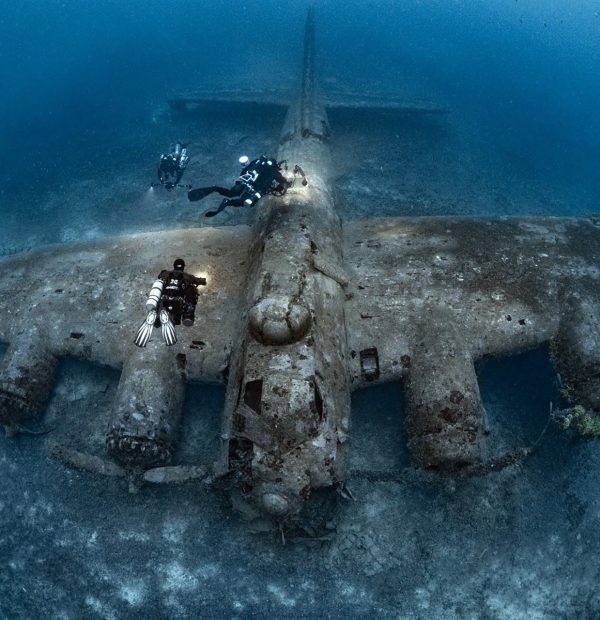Tuesday, 23 April 2024
Menu

Archaeologists during this year’s work on the Antikythera wreck have found interesting artefacts, and among them is the head of Hercules.
The wreck of Antikythera is an archaeological site which was discovered in 1900 by Greek sponge fishermen. Many wonderful artefacts were discovered on this ancient wreck, some of which have made us look at history in a different way. The site is still being worked on by archaeologists, who have uncovered further artefacts during the season just ended. Without doubt, the one that has attracted the most interest is a fragment of a statue – the head of Hercules.

This was due to the fact that it can match the torso, which was found and excavated over 120 years ago. It would be an amazing bracket if it turned out that the two pieces form a whole that can be reunited years later. Or at least confirm that this is the case and be able to present them in one exhibition.
Archaeologists carried out this year’s research work on the famous Antikythera wreck from 23 May to 15 June 2022. In doing so, they completed The second of five phases, scheduled for 2021-2025. All work was successfully completed, combining contemporary research with the iconic diving operations of 1900-1901.
The main objective of the programme is to gain a better and more accurate understanding of the ship, its route, cargo and the condition of the wreck.

Field investigations in 2022 included the relocation of selected large natural boulders. These partially covered the area of the wreck during the incident under investigation. The boulders weigh up to 8.5 tonnes each and their removal allowed access to a previously unexplored part of the wreck. The custom configuration consisting of heavy-duty rigging, idrodynamics and a pressurised air delivery system was developed by the team at Hublot Xplorations, a popular Swiss watch manufacturer.

During the second stage of work, among other things, the following were found:

The exact position and archaeological context of each find has been documented in detail during the excavation. They will soon be incorporated into a 3D model of the site, which has been under development since October 2022. The researchers took sediment samples from pre-determined areas of the seabed, which made micro-analysis possible. It will provide a better understanding of the dimensions and exact position of the wreck. Together with the ongoing analysis of the artefacts, new microarchaeological practices will increase the possibility of accurately reconstructing the distribution of the wreck and the conditions under which the ship sank in the first half of the 1st century BC.
The research is being carried out by the Swiss School of Archaeology in Greece under the direction of Dr Angelika G. Simosi, head of the Ephorate of Euboean Antiquities, and Lorenzo Baumer, professor of classical archaeology at the University of Geneva. The field research, in turn, is under the supervision of the Ephorate of Underwater Antiquities, and the project is under the patronage of Greek President Katerina Sakielaropulu.










Welcome to DIVERS24.COM, your daily source of scuba news, freediving, scuba diving information, and equipment reviews. Our comprehensive coverage of the dive industry from A to Z provides you with all the latest scuba news, training updates, underwater photography tips, and everything else related to scuba diving. Whether you’re a beginner or an experienced diver looking for more knowledge about scuba gear or techniques – we’ve got it covered! With our in-depth articles written by experienced divers who have been there and done that, you are sure to find exactly what you need here at Divers24.com. Dive into scuba news today!
Underwater Media Sp. z o.o.
Szafarnia 11/F8,
80-755 Gdansk, Poland
Welcome to DIVERS24.COM, your daily source of scuba news, freediving, and scuba diving information. Sign in for a weekly news update and discount coupons for dive gear and apparel.
@2023 - underwatermedia.pl. All Right Reserved. Designed and Developed by Tworzenie stron internetowych Gdansk

The Divers24 portal is currently the largest online medium treating diving in Poland. Since 2010 we have been providing interesting and important information from Poland and around the world on all forms of diving and related activities.
Contact us: info@divers24.com